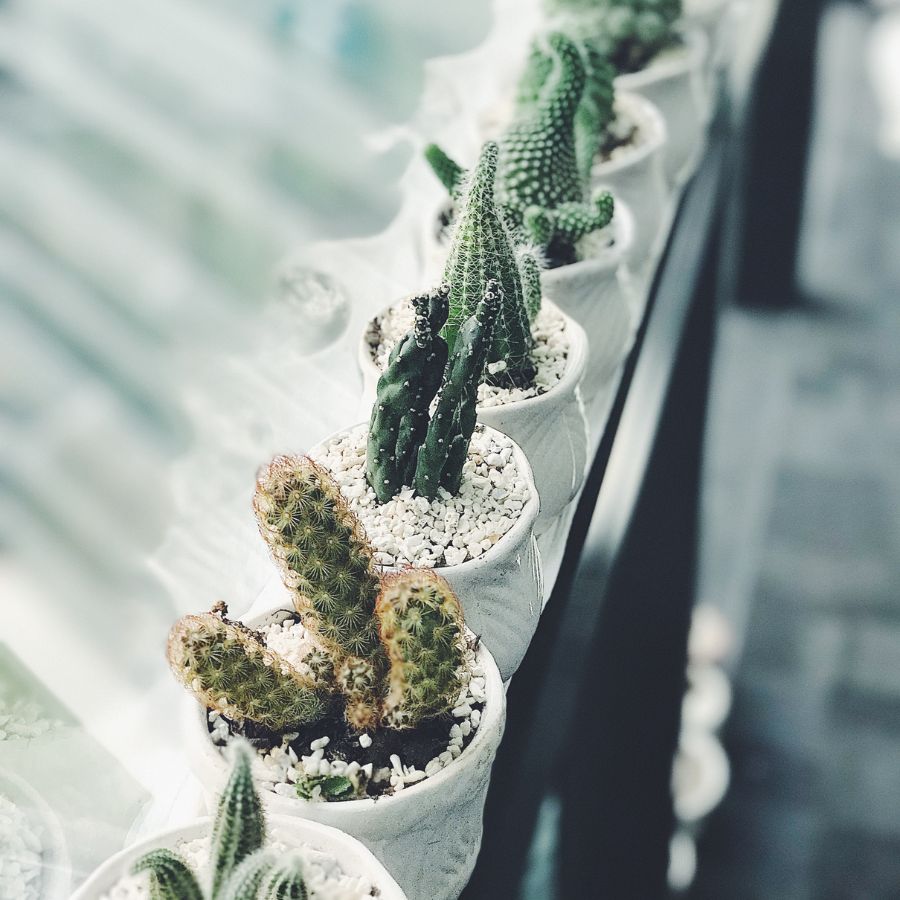What You Need to Know Before You Start Your Xeriscape Landscaping
The 7 Steps to Efficient Xeriscaping
Welcome to xeriscape landscaping! Get ready to design and set up your own beautiful, and environmentally sustainable front yard xeriscape landscaping, or back yard xeriscape landscaping. But, before you head to the nursery to pick out your plants know that the process is more complex than just plants.
1. Planning & Design
Visionaries will need to get the vision out of their head and on to paper, and drawn to scale. Drawing up plans will allow you to capitalize on your space, and help you understand impacting factors such as: cost, function, maintenance requirements, aesthetic preferences, and energy efficiency.
The plan will help keep focus the instillation process, as well as help minimize mistakes, which are generally costly.
Think long-term as you draw up your plan design. Plants will grow, and some will even grow offshoots. Consider the space each plant will need, both down for roots, and out for growth. The plan will also help you identify if you need to do your instillation in stages, or all at once.
Xeriscape Landscaping Planning Checklist
- Draw out your space
- Make a wish list of what you want to use/look like/points of focus
- Compare wish list to actual space allowable functions
- Research plants & landscaping materials
- Draw out initial design with initial irrigation system
- Complete cost analysis
- Compare cost with budget
- Adjust design based on budget adjustments
2. Low Water Use Plants
Don’t let the stereotype of what “low water use” plants are dissuade you from xeriscape. Low water use plants are not limited to a specific niche like small and prickly. These plants also offer shade, cover, and color.
The list of low water use plants is vast. All you need to do is choose the color, the shape, the size to fit into your landscape design.
3. Turf
Can you use turf in your xeriscape landscaping? It isn’t a bad idea to incorporate turf into your xeriscape landscaping. Turf is generally used sparingly in xeriscape, in specific instances for pets, sports, or children. However, turf does need to be planned out, installed and maintained properly.

4. Efficient Irrigation
Generally, when plants are establishing roots they need to be watered regularly until their roots are established. After that, plants like irrigation and receiving just the right amount of water.
Rule of thumb is to put trees, shrubs, ground covers, and turfs on different valves. Putting them on different values allows you to plan the irrigation systems for each type of plant, meeting their specific needs.
Over time irrigation needs will change, resulting in the need to reduce the amount/frequency of watering required year after year.
Installing Xeriscape Checklist
- Prepare yard
- Measure & mark installation hardware sites
- Install hardware
- Prep soil
- Mark out plant sections
- Install irrigation materials
- Install plants
- Install organic or inorganic mulches
5. Soil Improvements
Desert soil on its own is often enough for the local flora and supplements and fertilizer generally aren’t necessary. Instead of nutrient rich soil, plants focus on irrigation, just requiring soil to be loosened during initial planting to encourage root growth. Once roots are established additions to the soil aren’t required.
However, there are special considerations. These involve turf, and areas where plants that require more water are planted. You can test your soil type where your special considerations are planted and do spot improvements once you figure out what your soil needs.
Fertilizer can also be used to avoid plants overgrowing their spaces, requiring additional pruning.
6. Mulch
There are organic and inorganic mulch that you can incorporate into your xeriscape landscaping. Mulch is used to cover soil and reduce evaporation. Because it serves as a cover it cools the soil and prohibits erosion and weeds.
Organic mulch: wood grindings, bark chips, naturally dropping leaves, fruit, and flowers.
Inorganic mulch: crushed rock.
7. Maintenance
The purpose of successfully designed xeriscape is to save water, time, and money. This is achieved through reducing plant needs and maintenance requirements.
Maintenance will include pruning and adjusting the water to identify what the plants actually need, which can take some time.
Maintenance Checklist
- Tailor watering schedule – based on climate & plant needs
- Plant care
- Irrigation system care
- Landscape additions
- Landscape conversions
- Landscape improvements

